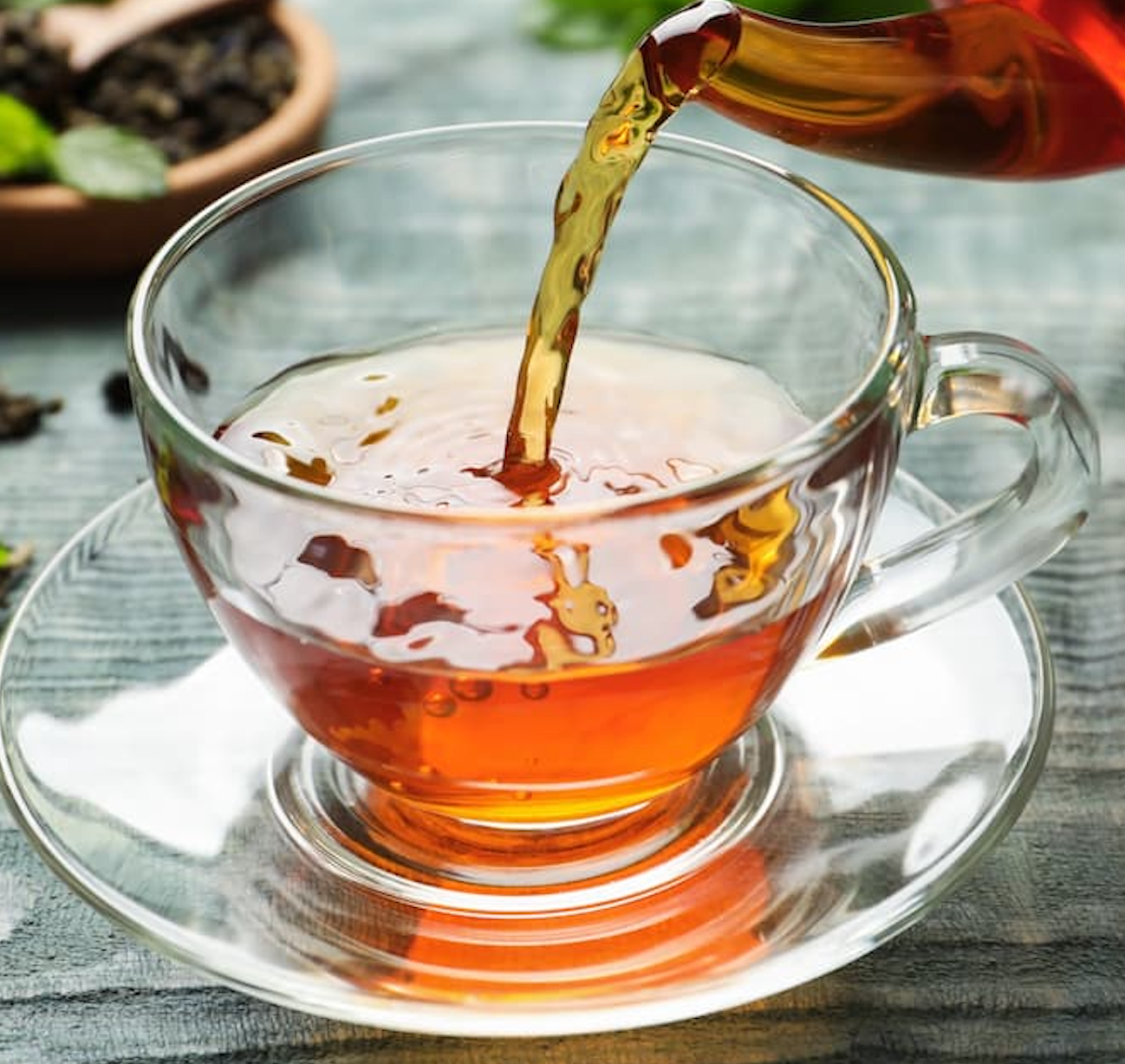News
Article
Tea Intake Linked to Reduced Risk of Gout
Author(s):
The analysis suggested a causal relationship between increased tea intake and overall reduced risk of gout in all 3 gout datasets.
A Mendelian randomization (MR) analysis showed a causal relationship between genetically predicted tea intake and a decreased risk of developing gout, according to a study published in Frontiers in Genetics.1
Credit: Adobe Stock/New Africa

Gout often impacts a patient’s mental, physical, and emotional wellbeing. A combination of lifestyle modifications, such as limiting sugary drinks, exercising, and weight loss, as well as medication, are necessary components to prevent and manage gout. Recent research has also suggested tea may reduce the risk of developing gout.2
“Although the precise mechanism underlying the potential association between tea intake and gout is not fully understood, several hypotheses have been proposed,” wrote a group of Chinese investigators. “One theory is that tea flavonoids may inhibit xanthine oxidase, an enzyme involved in uric acid production, while another is that tea flavonoids may improve uric acid excretion by the kidneys. However, since observational studies may have numerous confounding factors, large randomized controlled trials are required to determine the effects of tea intake on gout.”
The study used a bidirectional 2-sample MR approach, using genome-wide association study (GWAS) summary data, to evaluate a causal relationship between an increased tea intake and the development of gout. The instrumental variables (IVs) were selected based on rigorous criteria and investigators employed 5 different MR methods.
Pleiotropy was determined using the MR Egger intercept and MR-PRESSO tests, while heterogeneity was evaluated using Cochran’s Q statistic. Single nucleotide polymorphisms linked to confounding factors or outcomes were excluded using the Phenoscanner database.
Overall, the study included 1 dataset related to tea intake (ukb-b-6066) and 3 related to gout (finn-b-GOUT_STRICT, finn-b-M13_GOUT, and ukb-b-12765). All 3 datasets consisted of individuals of European ancestry. The forward MR analysis suggested a causal relationship between increased tea intake and overall reduced risk of gout in all 3 gout datasets (odds ratio [OR] 95% confidence interval [CI]: .4554 [.2155 – .9623), P = .0393, .4842 [.2683 – .8737), P = .0160, and .9966 [.9938 – .9993), P = .0167; respectively).
The reveres MR observed an increased risk of gout was significantly associated with low tea intake in the ukb-b-12765 dataset (OR 95% CI: .0062 [.0002 – .154), P = .0020), although this was not reported in the other 2 gout dataset groups. The possibility of weak IVs was excluded, and no significant heterogeneity or pleiotropy was observed.
Investigators noted limitations including those inherent to MR studies. Confounding factors influencing results cannot be completely ruled out and tea intake was self-reported from GWAS, which may have been impacted by recall bias. Additionally, different types of tea, such as green tea, white tea, and black tea, may have distinct chemical constituents and may result in different effects on gout.
Future research on these specific types could help to create a more comprehensive understanding of tea intake and gout diagnosis. Additionally, generalizability may be limited as patients were of European ancestry. As the exact underlying mechanisms and the influence of tea intake on gout risk could exhibit variations in an individual, future studies should focus on deepening the understanding of the complex relationship between gout and tea intake. Finally, they noted other lifestyle factors, such as exercise and diet, can contribute to gout risk.
“These findings underscore the potential advantages of increasing tea intake for preventing gout,” investigators concluded. “However, further research is needed to validate these results and elucidate the underlying mechanisms.”
References
- Liang X, Cai J, Fan Y. Causal association between tea intake and risk for gout: a Mendelian randomization study. Front Genet. 2023;14:1220931. Published 2023 Jul 13. doi:10.3389/fgene.2023.1220931
- Guo, H., Wang, S., Peng, H., Wang, M., Li, L., Huang, J., et al. (2023). Dose-response relationships of tea and coffee consumption with gout: A prospective cohort study in the UK biobank. Rheumatol. Oxf., kead019. doi:10.1093/rheumatology/kead019





